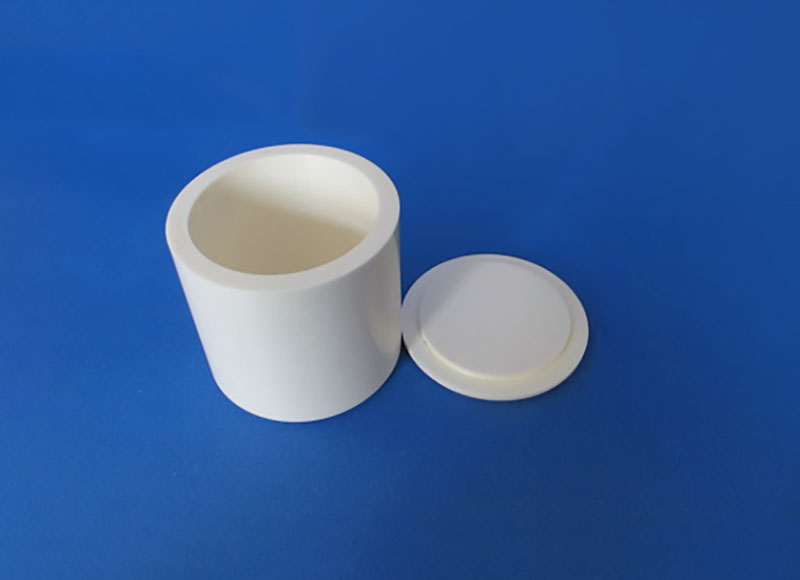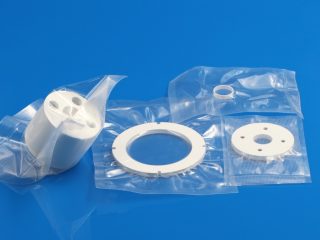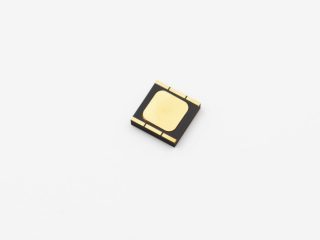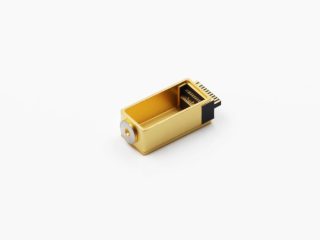
What is the best container for smelting precious metals?
Zirconia ceramic has very excellent physical and chemical properties. They’re thermally stable at high temperatures, and super thermal insulation performance among various metal and oxide ceramic materials makes them a perfect material for high-temperature refractory products. The thermal conductivity is the lowest among the common ceramic material, while the thermal expansion coefficient is close to that of metal materials, making it an important structural ceramic material.
Zirconia crucibles as an important container for smelting precious metals are produced by the advanced isostatic pressing process and preciously machining.
Commonly, there are three types:
1. Calcium-stabilized
2. yttrium-stabilized
3. magnesium-stabilized
Among them, yttrium-stabilized zirconia crucibles are mostly used, but calcium-stabilized zirconia crucibles have higher thermal shock resistance and temperature resistance.
The yttrium stabilized zirconia crucible uses yttrium oxide as the stabilizer, withstanding a high temperature of 2000 degrees.
There are two series of products:
1. Refractory grade zirconia crucible with a density of 4.5g/cm3, micropores. It’s an indispensable high-temperature container for smelting rare and precious metals such as platinum.
2. Ceramics grade with a density of 6.0g/cm3 Grade zirconia crucible, fully densified, no pores. It’s stable in an oxidizing or reducing atmosphere, has good chemical inertness, and has strong corrosion resistance to much-molten metal and slag. At the same time, it inherits the thermal shock resistance of refractory materials and greatly improves the change of temperature gradient in use. It is widely used in the smelting of rare and precious metals such as platinum.




 Enquiry
Enquiry